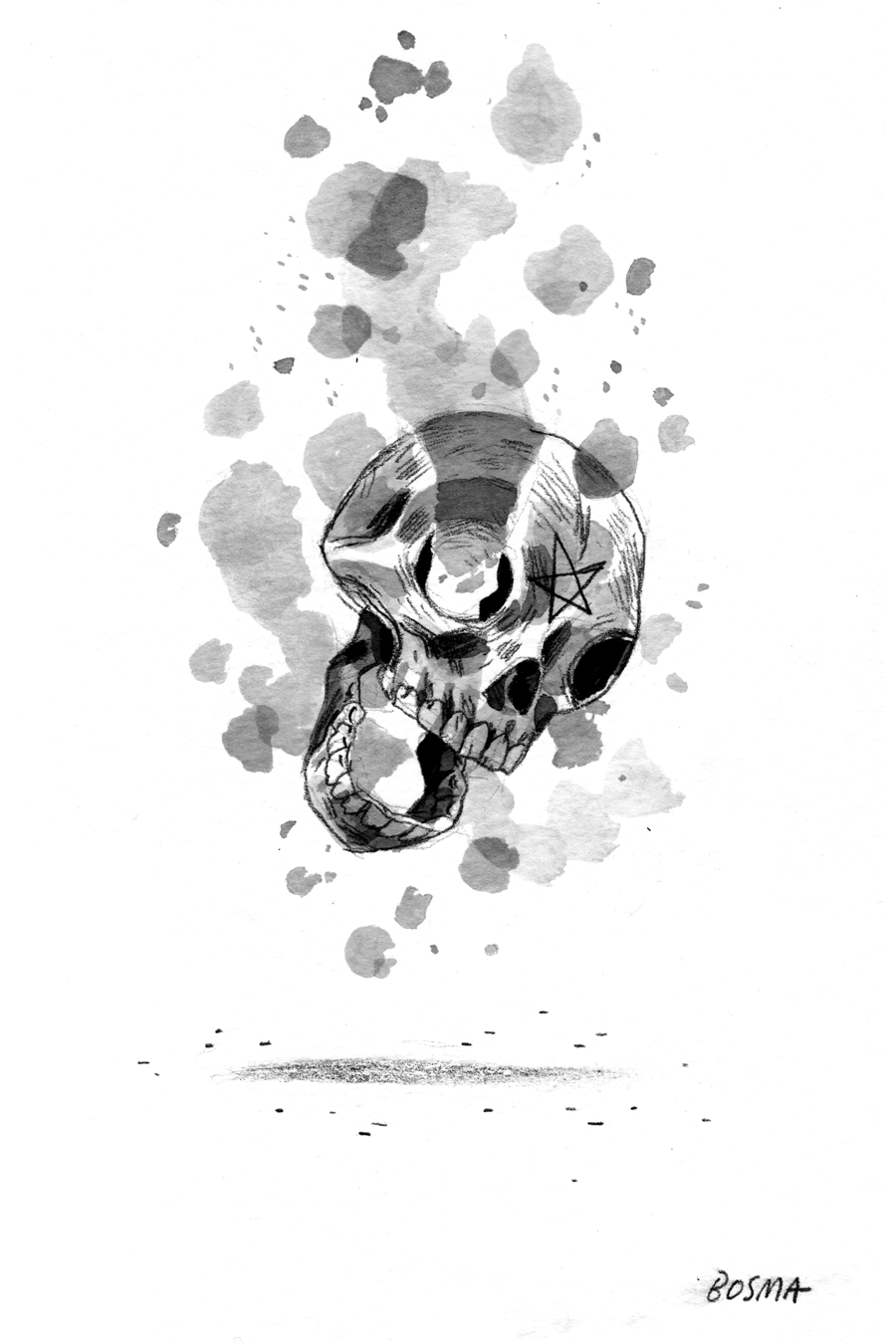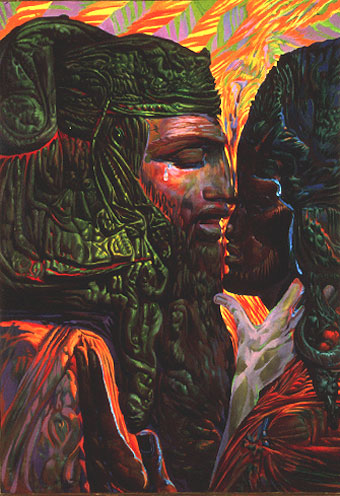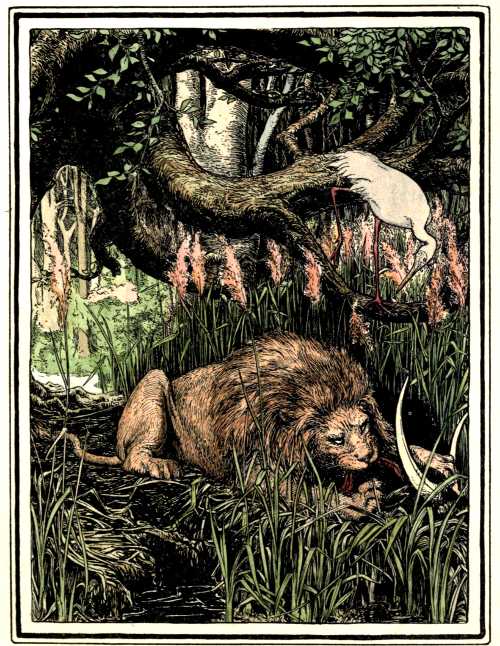
Session held on 11/29 with the cast:
- The Cleric Jannik, Priest of Prios
- The Rogue Marklech, Spider Cultist
- The Fighter Stanislav, Monster Hunter
- The Fighter Frederich, Treasure Hunter
Scene 1 – You have all been tasked to travel from Kastor to the town of Bridge to hunt a witch. Your patron, the Lady Osis, dispatched a seasoned Witch Hunter a week ago. The town sent word that he never arrived so she has sent you all as well, with the additional instruction to be careful along the road. The trip takes four days walking east. The road you have chosen is the well-worn road of the boundary wardens. You are deputized agents of the lady, and on top of your current charge it is your sworn duty to ensure only those who are licensed & permitted enter the Davokar forest to salvage the ruins.
As you crest a small rise, you see some dust coming from the road ahead. A two-mule team pulling a cart heavily laden with barrels rounds the corner. The two men slow their progress when they see you, but then wave and continue plodding towards you. What do you do?
The characters did not pause in their trek, continuing towards the mule team. Jannik said that he wanted to focus his attentions on the team and see if there was anything unusual about them. He succeeded on a perception roll and noticed that the travelers were well provisioned and wearing finely made travel clothes. These men seemed more like seasoned merchants and not any sort of rabble leaving Bridge fearing for their lives. He communicated that to the rest of the group, and as the mule cart neared they greeted the merchants.
The merchants responded with hearty greetings, pausing alongside the party and offering them a sample of the fine brandy in their barrels. The party readily assented, with the exception of the cleric who held back. After the cleric saw that the merchants were sampling their own wares, he accepted a swill. After a brief exchange, the merchants shared some rumors from Bridge, claiming: “fish are dead with blackened hand prints on them”, “a babe born with three eyes”, “the harvest rotted in the field” and other ill omens. The party took this news heavily, and then asked about the road ahead. The merchants said that they passed a dead horse the previous day, but had not investigated for there were some jackals about preying on the corpse.
Finally, the merchants told the group that if they liked the brandy they should stop by the still of Pepi Oldson and tell him that Red & Bran send their best regards.

Scene 2 – Another day has passed on the road. You see vultures circling ahead, above the low rolling hills. As you arrive, you see a few large birds picking at scraps on the scavenged corpse of a horse. You have each consumed one ration over the last day, please reflect that on your inventory. What to you do?
The characters spread out around the scene, pausing their journey to investigate if this might the horse of the missing Witch Hunter. After a successful investigation roll, Jannik noticed a bloody trail that led to a small copse of brush trees. At the same time, a successful perception roll alerted Marklech to a dust trail coming towards them from the direction of the Davokar forest. In the copse, they found a bloodied and tattered tabard of a witch hunter. They also found a saddle bag that had been cleared of its contents.
They took a defensive position atop a small hill, some kneeling in the high grass and others standing visible and alert, to await the arrival of whatever was raising the dust trail.
Scene 3 – Two haggard men stumble into view about 150 yards distant. One carries a large bundle beneath his arm, and the other carries a spear shaft that has been snapped off near the end. They seem exhausted and injured, continually glancing behind them as if fearful of pursuit. What do you do?
The party decided to alert the men of their presence, the ragged men seemed thankful to have found the party. They ran towards the members, falling down exhausted on the ground before them. They begged for help keeping them safe from the Davokar Elves who followed them. The party saw that the bundle was filled with poor quality salvage from ruins within the forest and that the men did not have any license for their salvage. Stanislav and Jannik accosted the men, rebuking them for trespassing upon the forest without permit.
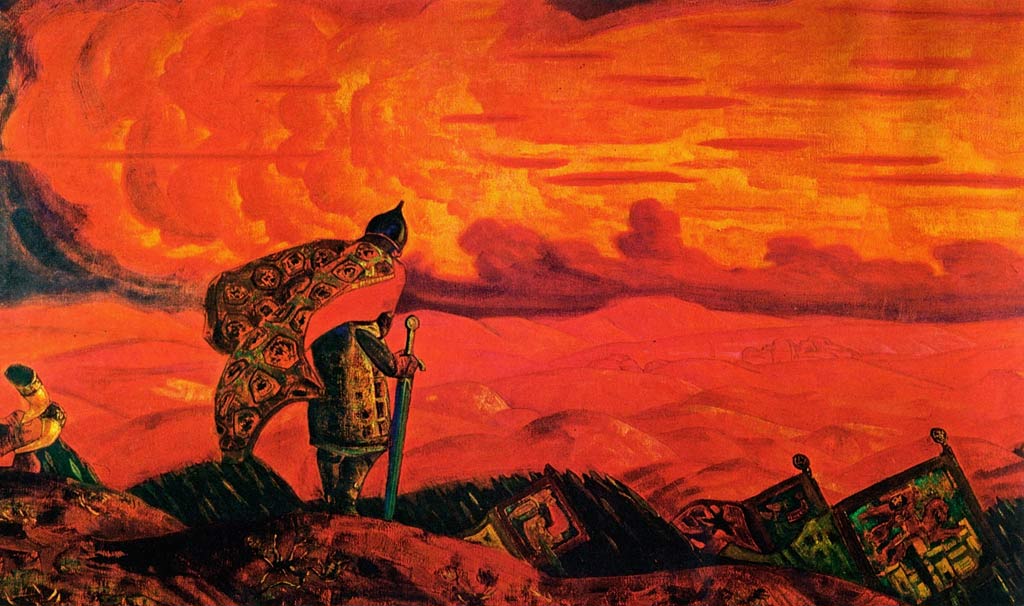
Scene 4 – Nineteen lithe figures crest the hill in the distance, pausing briefly and taking a battle formation before advancing towards your position. These figures are tall and elegant, wearing bands of iron on their left biceps and matching armor. Many hold longbows, while some others carry long spears or longswords. They march in well-practiced formation, the archers take a position on a hill opposite yours. The leader holds no weapon and walks a few steps ahead of his honor guard, he looks to you for sign of your intention. What do you do?
Frederick the archer stepped forward and proffered his empty hands as he performed a slight forward bow. He had seen this gesture depicted on salvaged frescoes and fervently hoped that it was the proper greeting. The other party members followed suit, and the elf leader returned the gesture. His honor guard sheathed weapons and did likewise. The elf leader addressed the group in Elven. “We are Summer Elves of the Iron Pact. These brigands have broken the terms of the pact by raiding our realm and disturbing that which should not be disturbed. We demand that they and their ill-gotten bounty be handed over to us, as is our ancient right.” Jannik had studied Elven back at the academy, but he was more comfortable reading it than speaking it. Nevertheless, he stepped forwards to offer a greeting to the elf. In stuttering Elven, the cleric promised to accommodate the elves request by turning over the men and their salvage.
The leader seemed surprised, but nodded his thanks and indicated that the brigands should be brought to his guards. Jannik told the party in common what he and the elf had agreed to, and while some of them might have had qualms with handing humans over to the elves they did not voice them in light of the overwhelming numbers of the elvish host. The haggard men screamed in disbelief, and when Jannik went to grab one of them he got a dagger in the gullet for his efforts. Luckily, his chainmail deflected the blow. He responded by smiting the man with Sacred Flame, killing the weakened criminal.
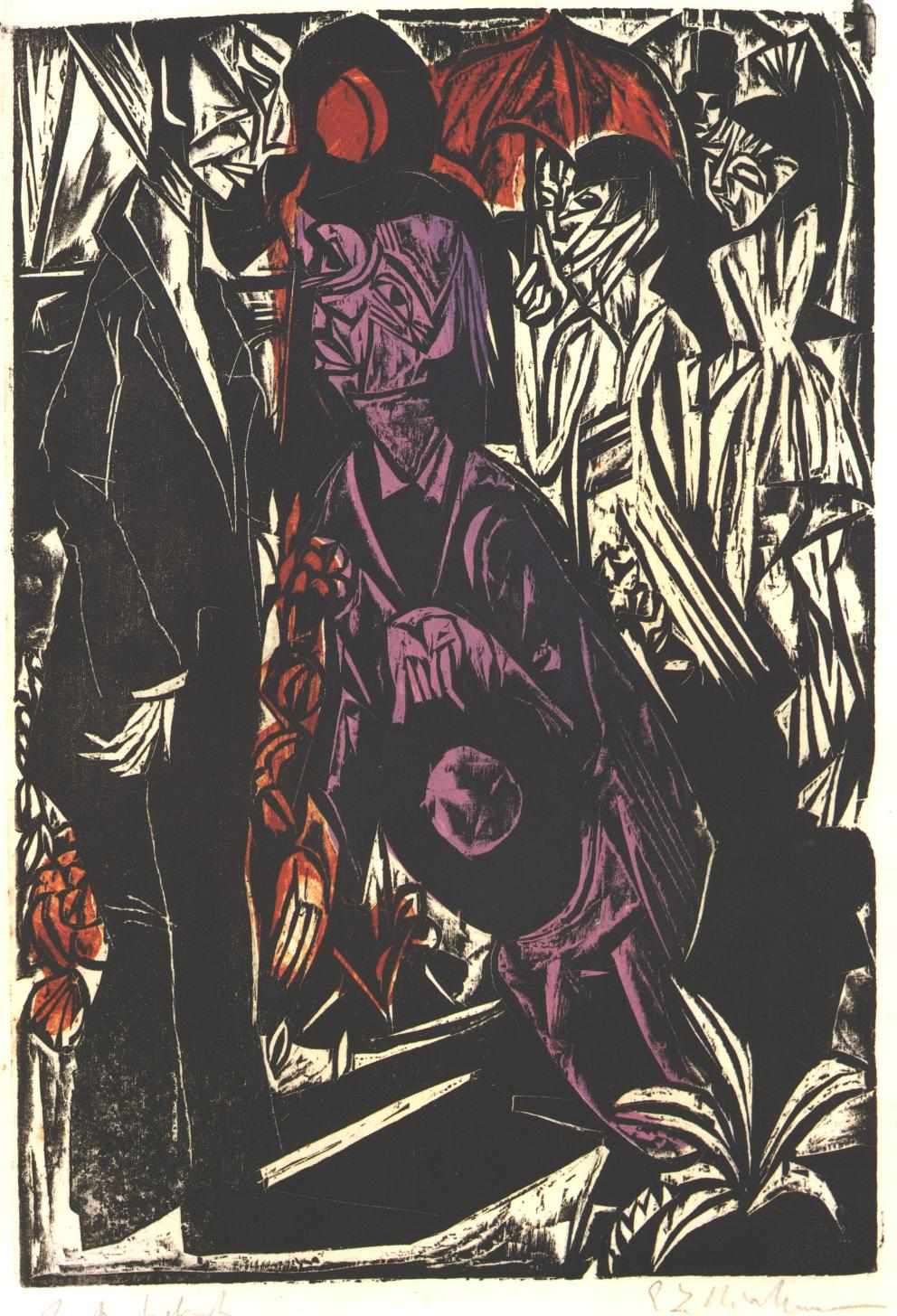
Scene 5 – The brigand’s death rattle echoes through a suddenly tense and momentarily silent field. A scream of anguish suddenly splits the sky as the last remaining scavenger’s spirit breaks. His cry transforms into something unearthly as his eyes blacken and his body lifts from the ground as if a puppet on strings. The air darkens around him, and the blackness seemed to coalesce into the form of a large shadow humanoid. The man’s face hangs silent and expressionless and his veins are blackened from corruption. Please roll arcana to see if you know what is happening.
Stanislav was the only one who passed his arcana check to identify this for what it was, something people called “shadow corruption” or a “blight beast.” They say that if you spend too much time delving in the forest you can fall host to the darkness. Stanislav shouted “Blight Beast!” and the party took action. A few solid blows landed on the body of the brigand, with each blow the shadows seemed to dissipate slightly. The beast scratched Stanislav in response to his attack, leaving a sickly bruise. A volley of well-placed elven arrows dispatched the beast.
In the flurry of combat, the rogue Marklech succeeded in pocketing a couple Symbaric coins from the bag of salvage before returning the bag to the elves.
The elven leader commended the cleric for his rare willingness to abide the terms of the ancient treaty. In thanks, he offered a small scroll bearing the words “This human assisted Talrond of the Summer Guard to enforce the iron pact.” He also handed over a small vial of opaque glass, and said that it should be consumed with tea by one who has been exposed to the darkness of the Davokar blight.
The elves departed after mentioning that these brigands had a base camp at the edge of the woods. The group decided to investigate the camp to see if they might learn more about the fate of the missing witch hunter, despite knowing that this detour would add an additional day to their trip, and they would arrive in Bridge later than anticipated.

Scene 6 – You catch sight of the wrecked camp before you as the sun is setting. On the edge of the camp in a thick grass you notice a strange pulsing luminescence. What do you do?
The rogue Marklech had taken Magic Initiate, and introduced his spider familiar to the group at this time. The spider crawled his way through the grass to investigate the mysterious lights, and found that a number of bioluminescent beetles were crawling around some hastily buried human corpses. The party approached, hoping to scare the bugs away. The archer shot one of them as it flew around for a different position, and in response the whole host of beetles swarmed the party. The bugs spit a bioluminescent acid at the party members, but were slain without much hassle.
Frederich investigated the burial ground finding a leather satchel buried beside one of the men. He twisted his ankle in the process, but also noticed that there were other graves in the area that seemed more soundly dug. At this time the day was quickly descending into darkness. The men retreated to a nearby grove that Stanislav had identified as a secure site and prepared to camp for the night.
The cleric privately shared the truth about the elven vial with Marklech the rogue, asking him whether he thought it should be given to Stanislav who was complaining about his bruise from the blight beast or if he should keep the vial to study. They agreed that it would be better to study the vial and keep it a secret from the other men.
The party consumed another ration and camped through the night, each taking a turn at watch.
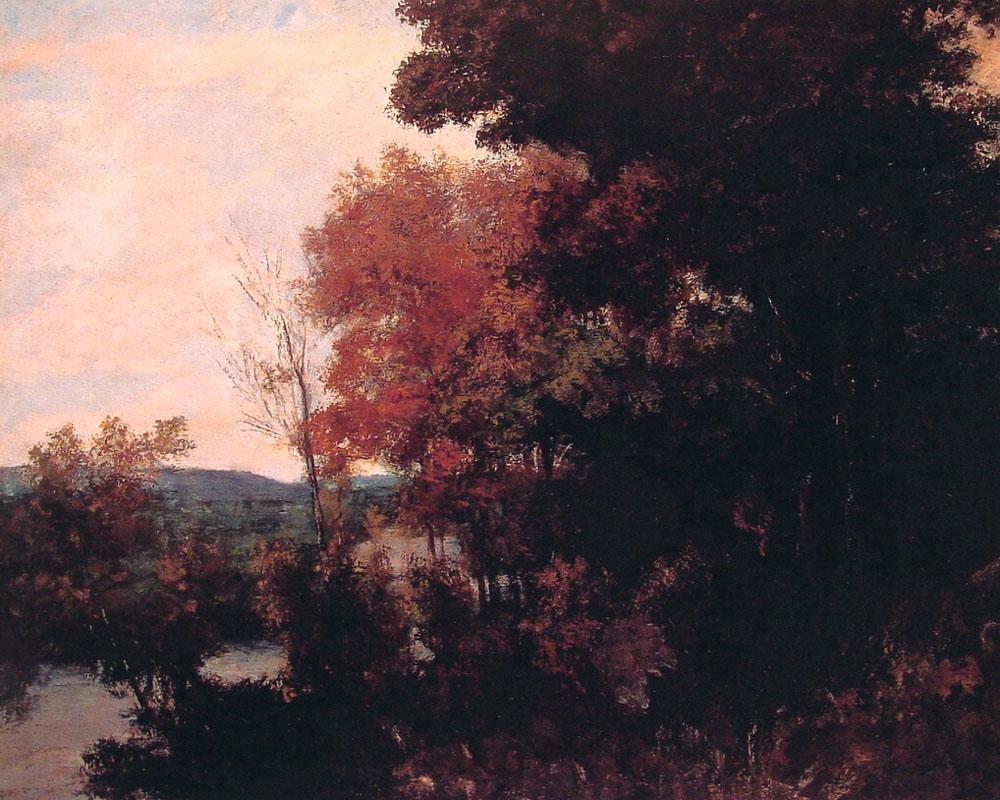
Session Inspired by Symbaroum & Luka Rejec’s Witchburner





